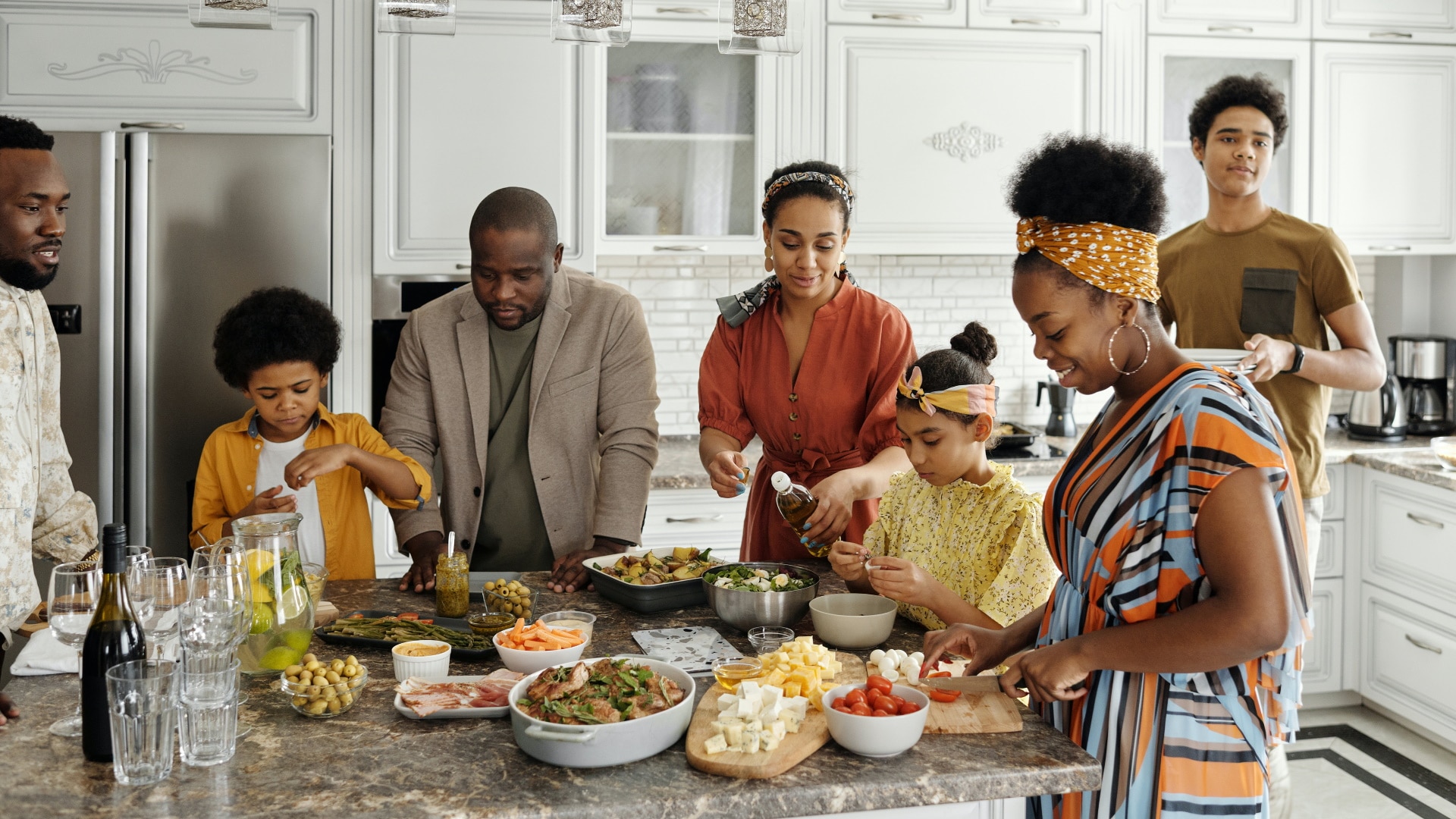sponsored
4 min Read
Five Things I Wish I’d Known Before Blending a Family

February 26, 2021
sponsored
4 min Read

February 26, 2021

There’s no way to sugar-coat this: In the high wire act that is parenting, blending a family can be one of the trickiest manoeuvres you’ll face.
I should know, I’ve attempted it twice. And trust me when I say it wasn’t always pretty. I burned through all the parenting blogs, books and podcasts I could, but when real moments happened, there were twists and conversations I simply didn’t expect.
That’s why this article exists. If you’ve fallen in love with someone and are considering bringing together sets of kids into a single household, these are (from my experience!) five of the most important things you should know:
“Buy a nice house and hope for the best” is a terrible piece of advice. You need to have one of those big conversations with your partner to talk about expectations, approaches and parenting styles. In fact, you need to have a few of those conversations, and sometimes they’ll need to include your kids. Empowering kids to have a voice in how things unfold goes a long way to quelling anxiety and ensuring everyone is on the same page.
As much as you want to welcome your partner’s kids into the fold (knowing that they’re your kids now, too), there’s a legacy (and genetic relationship) with your biological kids. You’re reflexively going to want to protect your kid when the new parent yells. You’re going to worry about gifts and time and even the amount of hugging you do. In those initial conversations, I wish I’d been clear about “not comparing” and then holding myself and my partner accountable to that statement.
Modeling is probably the number one tool you’ve got when it comes to parenting. One of the guests on Parents Canada Talk Radio described it like this: “Your kids are like little scientists, and you’re the lab.” If something does go south—like a disagreement—it’s equally important for the kids to see you resolve the issue. They’re building mental models for connection and re-connection for the rest of their lives. Showing resilience and appropriate behaviour is more impactful than a hundred conversations on the topic.
One of the biggest challenges I faced as a stepdad was trying to connect with a kid who valued different things than I do. My biological kids share some of my genetic traits. Empathy is a good example. It’s something that has given me lots of personal success, and something that I see in my own kids. But I found that I struggled with my partner’s kids because they saw and acted on empathy in different ways from me and my children (and yes, I see the irony).
Blending a family is hard. It’s like bringing together two corporate cultures in one environment, except you hear from every employee every day, plus your co-CEO. Mistakes will be made by every party. Take every opportunity to understand that misadventures happen, and to forgive and be compassionate.
There’s a funny thing about high-wire acts. When you watch them, you might be afraid of the acrobat falling—but you end up being amazed by how it all comes together, in a beautiful performance. Thinking more about some of the real-world conversations and moments you’ll have can make all the difference. Happy blending!
Sponsored by: Movember
